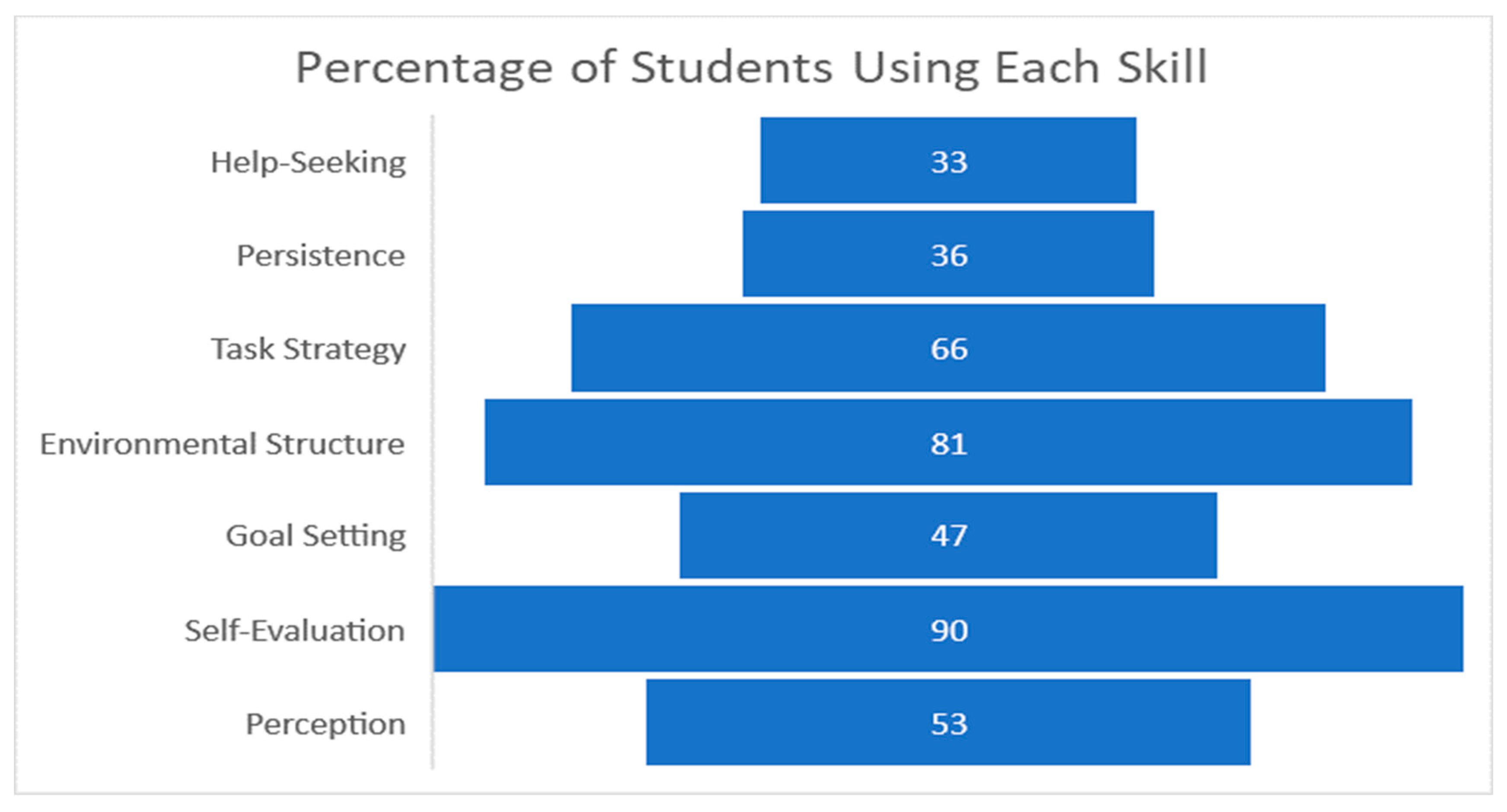

Researchers have drawn upon tobacco control research, which demonstrated the impact of marketing in positively shaping or normalizing the attitudes of young people toward cigarettes, and contributing to their subsequent consumption of, and preference for, tobacco products ( Lovato, Watts, & Stead, 2011 Pechmann & Knight, 2002). The importance of exploring the process of normalization and the impact of the alignment between gambling companies (and their promotions) and sport are highlighted by the lessons learnt from other public health areas. This is an important point, given new marketing environments for gambling, which researchers argue may create a perception among young people that gambling is associated with limited risk ( Pitt, Thomas, Bestman, Stoneham, et al., 2016). Researchers have suggested that young people are additionally vulnerable to gambling harm, because they may misunderstand the risks and probability of success and loss involved with gambling ( Defoe, Dubas, Figner, & van Aken, 2015 Ferland, Ladouceur, & Vitaro, 2002).


The most recent prevalence study of youth gambling in Canada found that approximately 41% of young people aged 13–19 years had gambled in the past 3 months, with those engaging in online gambling slightly more vulnerable to problem gambling ( Elton-Marshall, Leatherdale, & Turner, 2016). Research from the UK suggests that about 12% of 11–16 year olds participated in gambling in the previous year, most commonly on fruit machines, which have no age restriction in the UK (4%), and private bets (3%), with boys twice as likely to report doing so as girls ( Gambling Commission, 2017). For example, research in Australia indicates that between 60% and 80% of young people will have gambled formally (e.g., on lotteries) or informally (e.g., on card games with friends or sweeps) at least once in the previous year ( Delfabbro, King, & Griffiths, 2014 Purdie et al., 2011). Although gambling is illegal prior to the age of 18 years in several countries, studies have investigated that young people engage in formal or informal gambling prior to the legal age ( Gambling Commission, 2017 Rossen et al., 2016) and may experience harms at a higher rate than adults ( Fröberg et al., 2015 Gambling Commission, 2017 Rossen et al., 2016). Most recently, researchers have sought to understand factors that may contribute to the normalization of gambling in children and young people ( Li, Langham, Browne, Rockloff, & Thorne, 2018 McMullan, Miller, & Perrier, 2012), and in particular, those who are fans of sport ( Hing, Vitartas, Lamont, & Fink, 2014 Pitt, Thomas, Bestman, Stoneham, et al., 2016). For example, researchers have demonstrated the impact of the alignment of gambling with major sporting codes on the normalization of gambling in the peer groups of young male sports fans ( Deans, Thomas, Daube, & Derevensky, 2016) and the impact of promotional tactics on their gambling behaviors ( Deans, Thomas, Derevensky, & Daube, 2017). In a rapidly changing gambling environment, with the development of new, easily accessible products, and the alignment of these products with major sporting codes, research has shifted from addiction-based models that seek to understand individual vulnerability factors, toward public health frameworks that seek to understand the influence, and interplay of a broader range of determinants that may shape pathways to gambling ( Bestman, Thomas, Randle, Pitt, & Daube, 2018 Pitt, Thomas, Bestman, Stoneham, & Daube, 2016). There is an increasing research focus on the factors that may contribute to the normalization of gambling, including factors that may shape positive attitudes toward gambling products and gambling participation ( Thomas, Pitt, et al., 2018).


 0 kommentar(er)
0 kommentar(er)
